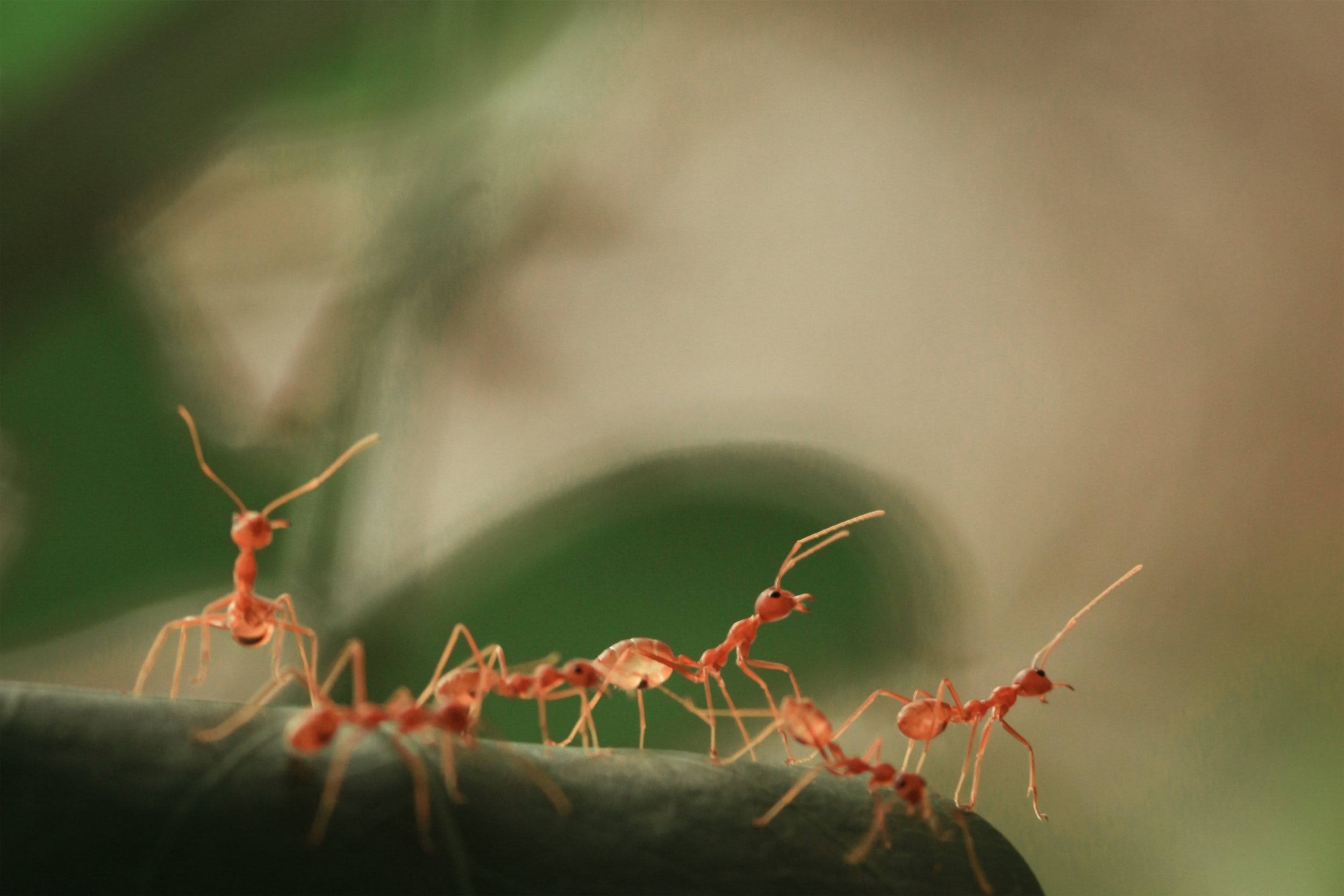Built-in Navigation
Seals are natural nighttime navigators. They pick out a specific single star, the lodestar, as a navigational marker and get a mental picture of its polarization. Once they capture the image, they are free to swim great distances, knowing that they can look to the sky, locate the lodestar, and find their way home.
The dung beetle is another species that possess unbelievable navigation talents. After it rolls up a ball of dung, it must make as direct an exit as possible to avoid being robbed’—so it charts a straight course following the light in the sky.
The whole process is fascinating. When the beetle first approaches a pile of dung, it climbs on top of it and starts to move in circles, doing what looks like a dance. This dance enables it to reset its compass and systematically check out the sky in all directions. Doing so, it creates a mental map of the position of the sun, moon, or stars.
The small photoreceptors on the dorsal tip of its eye are tremendously sensitive to light and can adjust to bright sunlight or soft moonlight. If the moon is not visible, their receptors are so sensitive that they can pick up light from the Milky Way to guide their movement.








